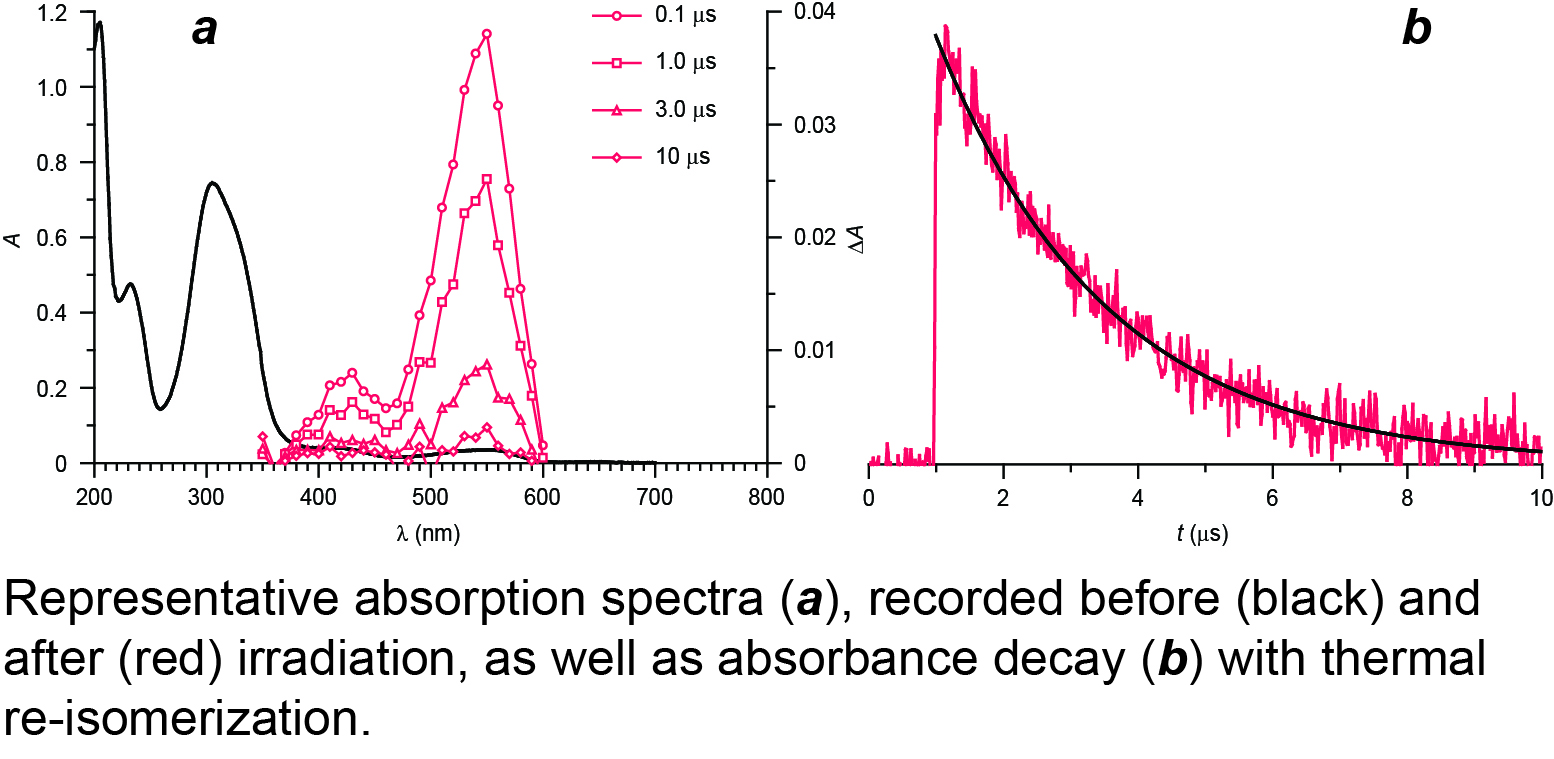Fast and Stable Photochromic Oxazines 2000–2007
![Fast and Stable Photochromic Oxazines [Structures]](https://franciscoraymo.com/wp-content/uploads/2021/12/Fast-and-Stable-Photochromic-Oxazines-Structures.jpg) Professor Raymo’s research program was initially aimed at the identification of viable strategies for the modulation of optical signals with photoresponsive molecular switches. The ultimate goal was the development of a general method for digital processing with organic molecules and photons that could mimic, and perhaps even outperform, conventional logic circuits based on inorganic semiconductors and electrons. Indeed, the ability of multiple photons to propagate simultaneously through optical fibers without mutual interference may enable the processing of large volumes of data at the speed of light. Such an ultrafast parallel data processing would simply be impossible to replicate with electrons in wires and semiconductor devices. However, the very same fundamental principles that limit the mutual interference of photons complicate the implementation of protocols to control optical signals with optical signals, while electrical signals can easily be switched with electrical signals. The pressing need for materials able to mediate photon interactions motivated Professor Raymo’s initial quest for mechanisms to regulate the interplay of optical inputs and optical outputs with appropriate combinations of fluorescent and photochromic molecules. On the basis of these unprecedented operating principles, his research group reproduced complex combinational and sequential logic functions, equivalent to those executed by conventional electronic circuits, with support from the National Science Foundation in the form of a CAREER Award.
Professor Raymo’s research program was initially aimed at the identification of viable strategies for the modulation of optical signals with photoresponsive molecular switches. The ultimate goal was the development of a general method for digital processing with organic molecules and photons that could mimic, and perhaps even outperform, conventional logic circuits based on inorganic semiconductors and electrons. Indeed, the ability of multiple photons to propagate simultaneously through optical fibers without mutual interference may enable the processing of large volumes of data at the speed of light. Such an ultrafast parallel data processing would simply be impossible to replicate with electrons in wires and semiconductor devices. However, the very same fundamental principles that limit the mutual interference of photons complicate the implementation of protocols to control optical signals with optical signals, while electrical signals can easily be switched with electrical signals. The pressing need for materials able to mediate photon interactions motivated Professor Raymo’s initial quest for mechanisms to regulate the interplay of optical inputs and optical outputs with appropriate combinations of fluorescent and photochromic molecules. On the basis of these unprecedented operating principles, his research group reproduced complex combinational and sequential logic functions, equivalent to those executed by conventional electronic circuits, with support from the National Science Foundation in the form of a CAREER Award.
 Initial studies relied on the established photochemistry and synthetic versatility of photochromic nitrospiropyrans to demonstrate the viability of these mechanisms for all-optical processing with molecules. However, the slow switching speeds and poor fatigue resistances of nitrospiropyrans prompted Professor Raymo to engineer an innovative structural design, which evolved into four patents, for the realization of fast and stable photochromic compounds. Since then, his research group has developed an entire family of photoswitchable molecules with unprecedented performance, based on the photoinduced opening and thermal closing of an oxazine ring. These photoresponsive molecular switches interconvert reversibly between two isomers on timescales ranging from tens of nanoseconds to a few microseconds (a and b) for thousands of cycles and no sign of degradation even in air. They outperform any of the other thermally-reversible photochromic compounds developed so far and are now employed in several academic, as well as industrial, laboratories across the globe.
Initial studies relied on the established photochemistry and synthetic versatility of photochromic nitrospiropyrans to demonstrate the viability of these mechanisms for all-optical processing with molecules. However, the slow switching speeds and poor fatigue resistances of nitrospiropyrans prompted Professor Raymo to engineer an innovative structural design, which evolved into four patents, for the realization of fast and stable photochromic compounds. Since then, his research group has developed an entire family of photoswitchable molecules with unprecedented performance, based on the photoinduced opening and thermal closing of an oxazine ring. These photoresponsive molecular switches interconvert reversibly between two isomers on timescales ranging from tens of nanoseconds to a few microseconds (a and b) for thousands of cycles and no sign of degradation even in air. They outperform any of the other thermally-reversible photochromic compounds developed so far and are now employed in several academic, as well as industrial, laboratories across the globe.
Support
- “CAREER: From Designed Molecules to Functional Materials and Innovative Devices”: National Science Foundation, CHE-0237578 (PI: F. M. Raymo), $ 496,295, 01/01/03–12/31/07
Selected Articles
- “Signal Processing at the Molecular Level”: F. M. Raymo, S. Giordani, J. Am. Chem. Soc., 2001, 123, 4651–4652
- “Multichannel Digital Transmission in an Optical Network of Communicating Molecules”: F. M. Raymo, S. Giordani, J. Am. Chem. Soc., 2002, 124, 2004–2007
- “All-Optical Processing with Molecular Switches”: F. M. Raymo, S. Giordani, Proc. Natl. Acad. Sci. USA, 2002, 99, 4941–4944
- “Memory Effects Based on Intermolecular Photoinduced Proton Transfer”: F. M. Raymo, R. J. Alvarado, S. Giordani, M. A. Cejas, J. Am. Chem. Soc., 2003, 125, 2361–2364
- “A Fast and Stable Photochromic Switch Based on the Opening and Closing of an Oxazine Ring”: M. Tomasulo, S. Sortino, F. M. Raymo, Org. Lett., 2005, 7, 1109–1112
- “Fast and Stable Photochromic Oxazines”: M. Tomasulo, S. Sortino, A. J. P. White, F. M. Raymo, J. Org. Chem., 2005, 70, 8180–8189
Selected Reviews
- “Digital Processing and Communication with Molecular Switches”: F. M. Raymo, Adv. Mater., 2002, 14, 401–414
- “Electron and Energy Transfer Modulation with Photochromic Switches”: F. M. Raymo, M. Tomasulo, Chem. Soc. Rev., 2005, 34, 327–336
- “Fluorescence Modulation with Photochromic Switches”: F. M. Raymo, M. Tomasulo, J. Phys. Chem. A, 2005, 109, 7343–7352
- “Optical Processing with Photochromic Switches”: F. M. Raymo, M. Tomasulo, Chem. Eur. J., 2006, 12, 3186–3193